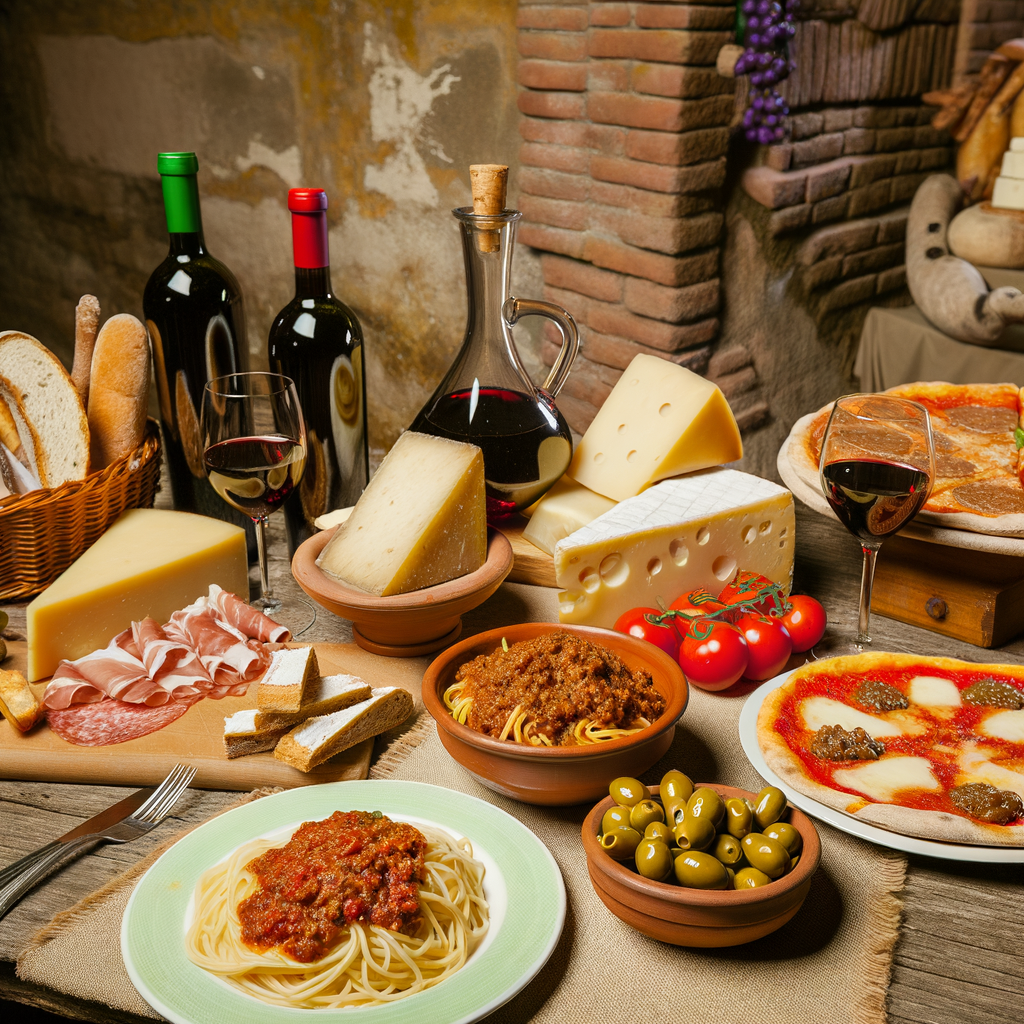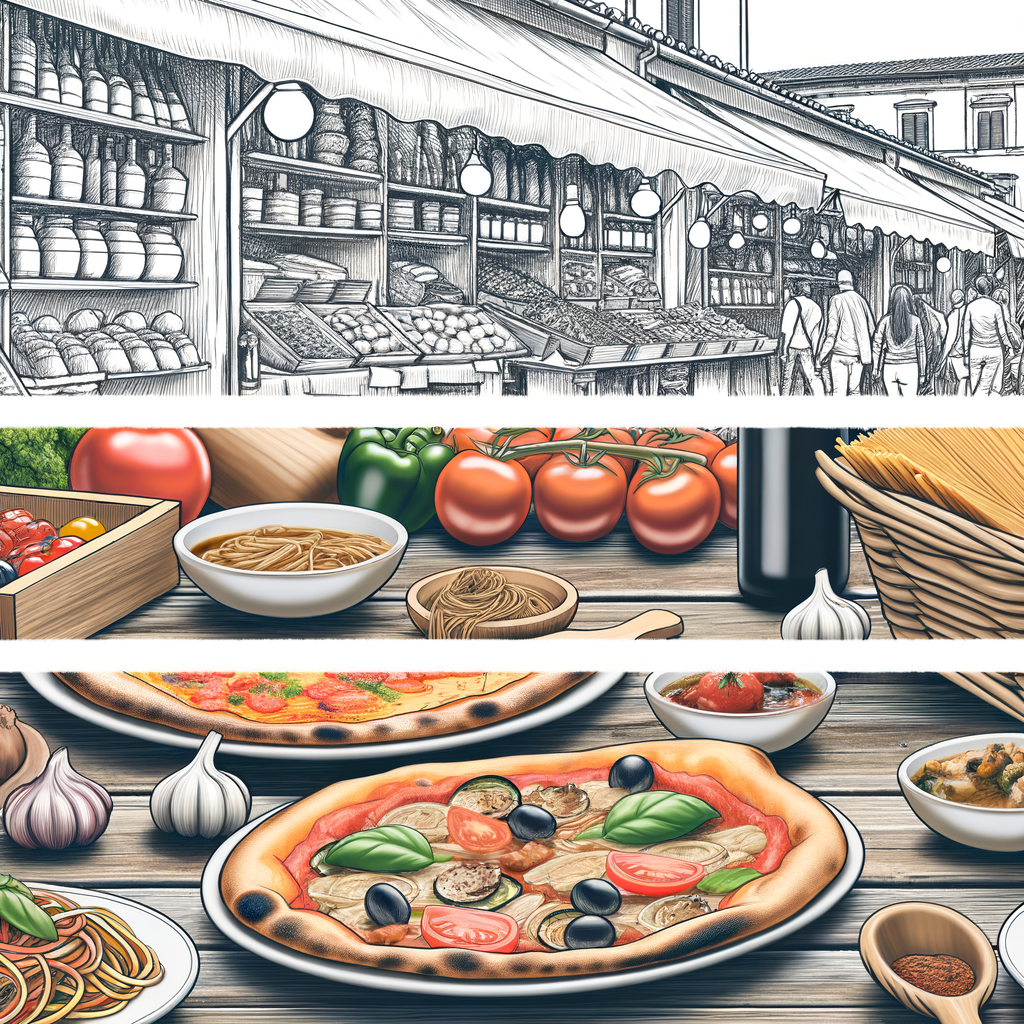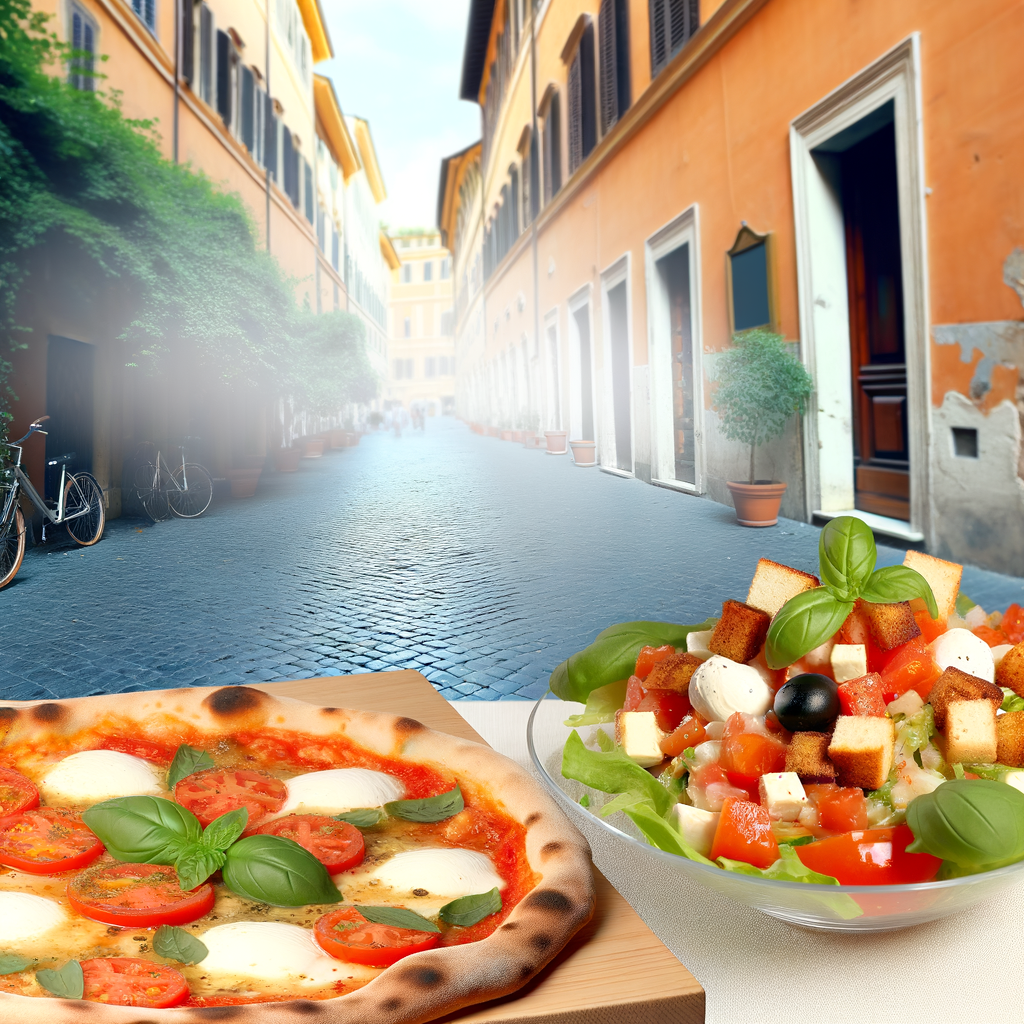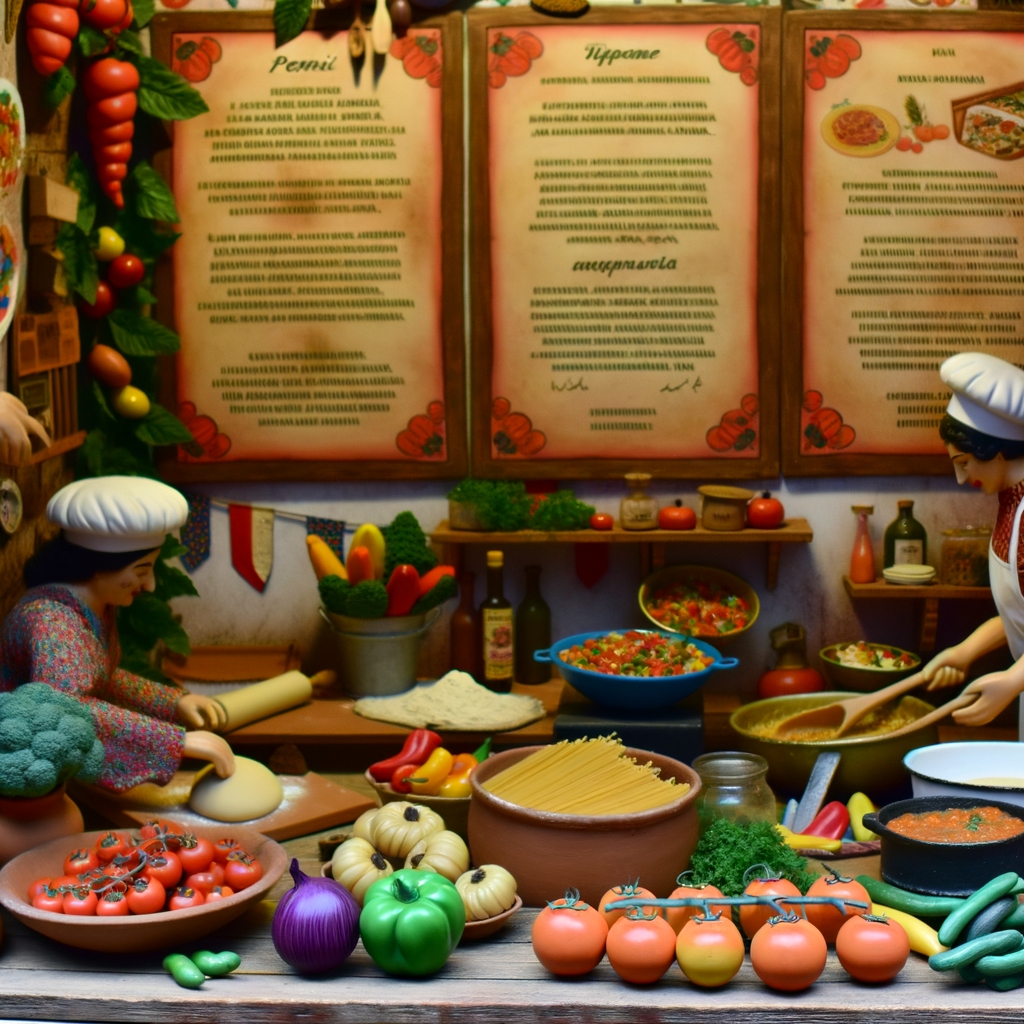Italian cuisine is a prime example of how a country’s food culture can be shaped by centuries of history and influences from neighboring countries. From the classic dishes of pasta and pizza to the lesser-known regional specialties, Italian cuisine has something to offer for every palate.
One of the most notable aspects of Italian cuisine is the use of fresh, local ingredients. This is evident in dishes like the simple yet flavorful Caprese salad, which features fresh tomatoes, mozzarella, and basil. Italians take pride in sourcing the best quality ingredients and letting their natural flavors shine through in their dishes.
Another defining feature of Italian cuisine is its regional diversity. Each region in Italy has its own unique specialties, based on the local ingredients and cultural influences. For example, the North is known for its creamy risottos and hearty meat dishes, while the South boasts fresh seafood and vibrant flavors of herbs and spices.
Italian cuisine is also heavily influenced by its neighboring countries, such as France and Spain. This is evident in dishes like pesto, which originated in Genoa and is made with ingredients like garlic, pine nuts, and olive oil, similar to French sauces like aioli.
In conclusion, Italian cuisine is a beautiful blend of history, culture, and diverse flavors. Whether you’re indulging in a plate of pasta or savoring a slice of pizza, you can taste the passion and pride that Italians put into their food.





